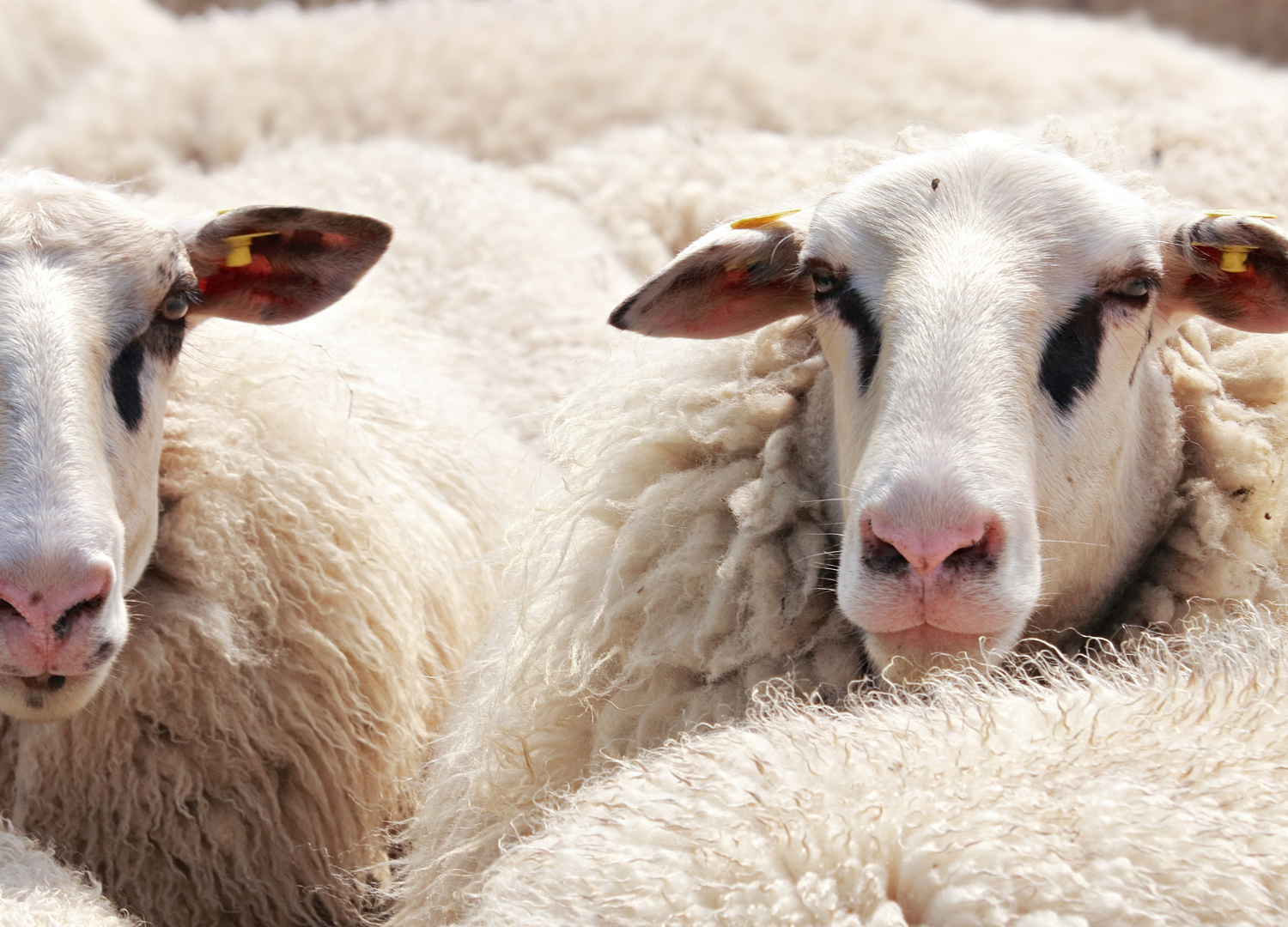
Advantages of wool: why choose it for your scarves
The benefits of wool,
What could be more comforting than snuggling up in a large wool sweater when the first cold weather arrives? Well, you can imagine that wool is not limited to the winter months. This natural fiber can be used to create clothing and accessories for all seasons. Valued for centuries for their warmth, comfort and durability, wool scarves have an endless amount of benefits. We present them to you in this article. Follow the leader !
A sustainable fiber from nature
The wool that is commonly used in the textile industry is produced by sheep, goats, alpacas and rabbits. It is therefore a renewable and biodegradable natural fiber.
And when you choose clothing made from natural materials, you're taking a step toward a healthier lifestyle. For what ? Quite simply because synthetic materials, made 7 times out of 10 from petroleum, can release microplastics when washed.
But that's not the only advantage of wool accessories. They are indeed quite durable. If you wash them carefully, preferably by hand and at a low temperature, you can keep them in good condition for years.
Because it is a sustainable and healthy choice, wool has its place in our wardrobes.

Another advantage of wool: it is comfortable and thermoregulating
Wool clothing is known for its comfort and softness. But did you know that they also have thermoregulatory properties? By absorbing moisture from the skin and releasing it into the air, wool regulates body temperature. This means that it is able to keep you warm in winter and cool in summer.
But that's not all, since wool is also breathable. It naturally regulates body temperature by allowing air to circulate. Thanks to its thermoregulatory and breathable properties, wool is the ideal material to keep your body at a constant temperature and allow you to be comfortable throughout the day.

Wool is stain and water resistant
Please note, we do not mean that wool is waterproof. Of course, that's not the case. And if you wanted to go out in the rain in a sweater, you would quickly realize it. However, liquids tend to bead up on its fibers rather than being absorbed. How can we explain this particularity of wool?
Quite simply because it is made up of proteins called keratins.
Keratins contain many hydrophobic amino acids arranged to create a protective surface on the wool, preventing water from easily penetrating the fiber.
In addition to keratin proteins, the wool is surrounded by a cuticle, a type of bark that forms an additional barrier against water.
Finally, the surface of wool fibers is naturally covered with a protective layer of grease, called lanolin, which naturally repels stains and liquids.
For all these reasons, wool is a particularly easy-to-maintain material on which stains have little effect. However, when washing your wool clothes, be sure to do it by hand or on a gentle program, and to dry them flat to avoid deforming them. By following these simple rules, you will be able to keep them for many years.

Latest advantages of wool: it is hypoallergenic and ecological
Among the many qualities of wool, its hypoallergenic properties and its ecological aspect are not the least. You will find out why.
An inhospitable environment for mites
Wool is considered naturally hypoallergenic because it does not contain the common irritants, dust mites and mold, found in other materials.
And if you're wondering why dust mites don't like wool, the answer is very simple. This is made up of natural fibers which tend to absorb moisture. However, mites need a warm and humid environment to survive and reproduce, so wool is not suitable for them. Additionally, it can irritate their delicate bodies, leading them to avoid settling there. However, it is important to note that although wool may deter mites, it does not completely prevent them from taking up residence if environmental conditions are favorable.
An ecological material
When managed responsibly, wool production is a sustainable agricultural practice that does not harm the environment. It requires less energy and resources than the production of synthetic fibers.
Another benefit for the environment: wool is biodegradable, which means it can be composted when it is no longer in use.
An ecological and hypoallergenic, resistant and durable material, wool has many advantages. And you, are you also a fan of this noble and silky material?







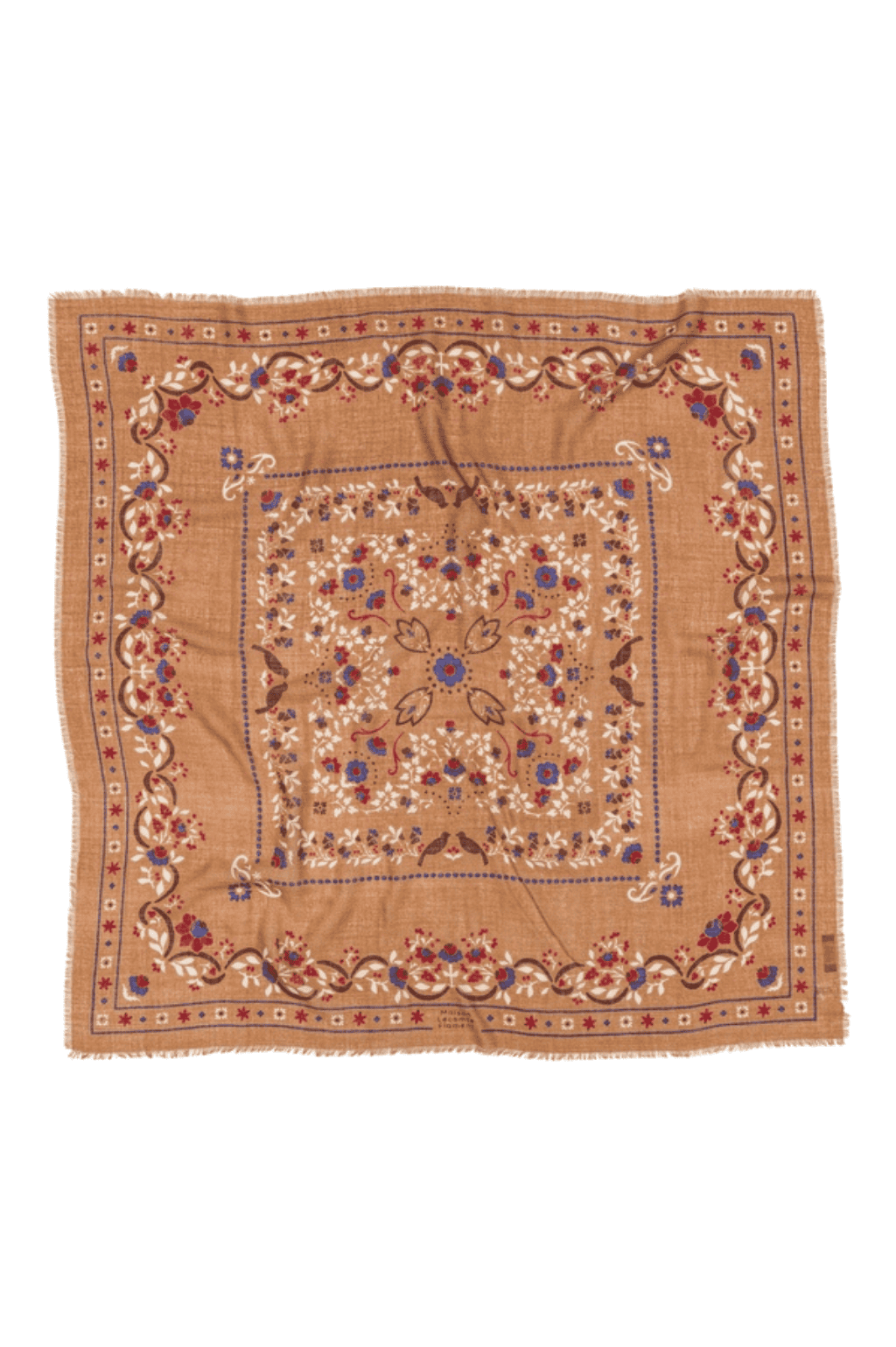





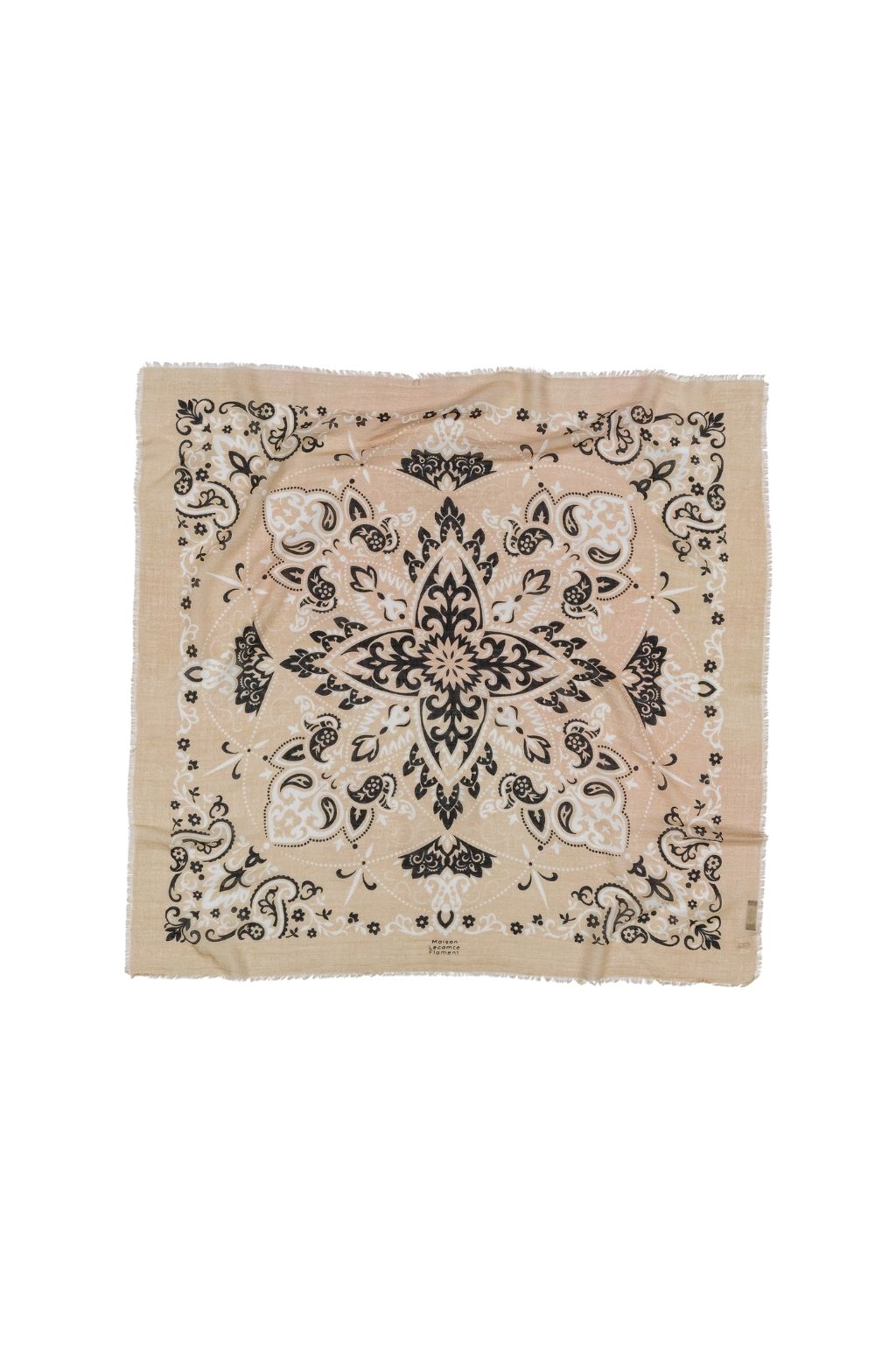

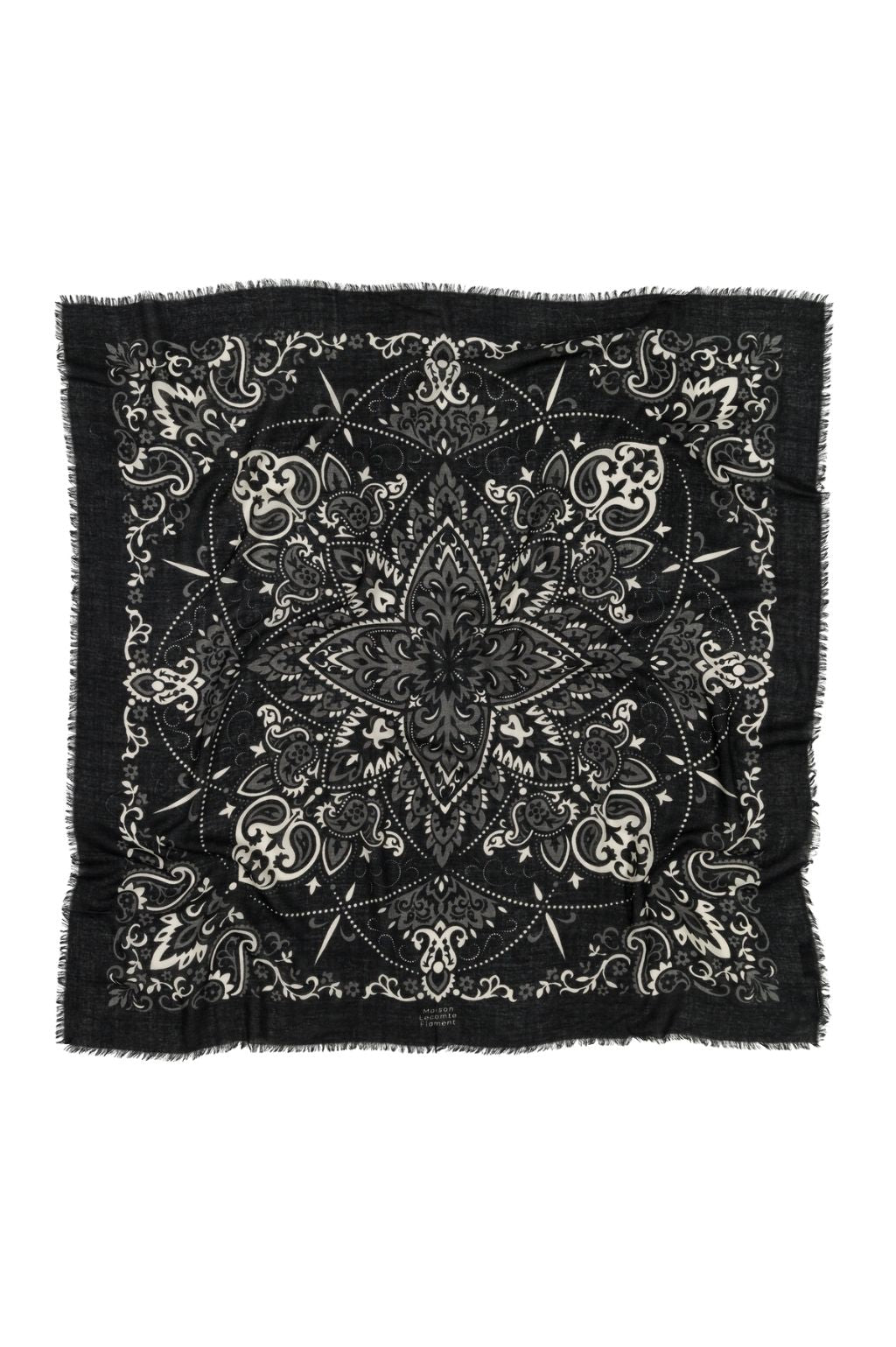
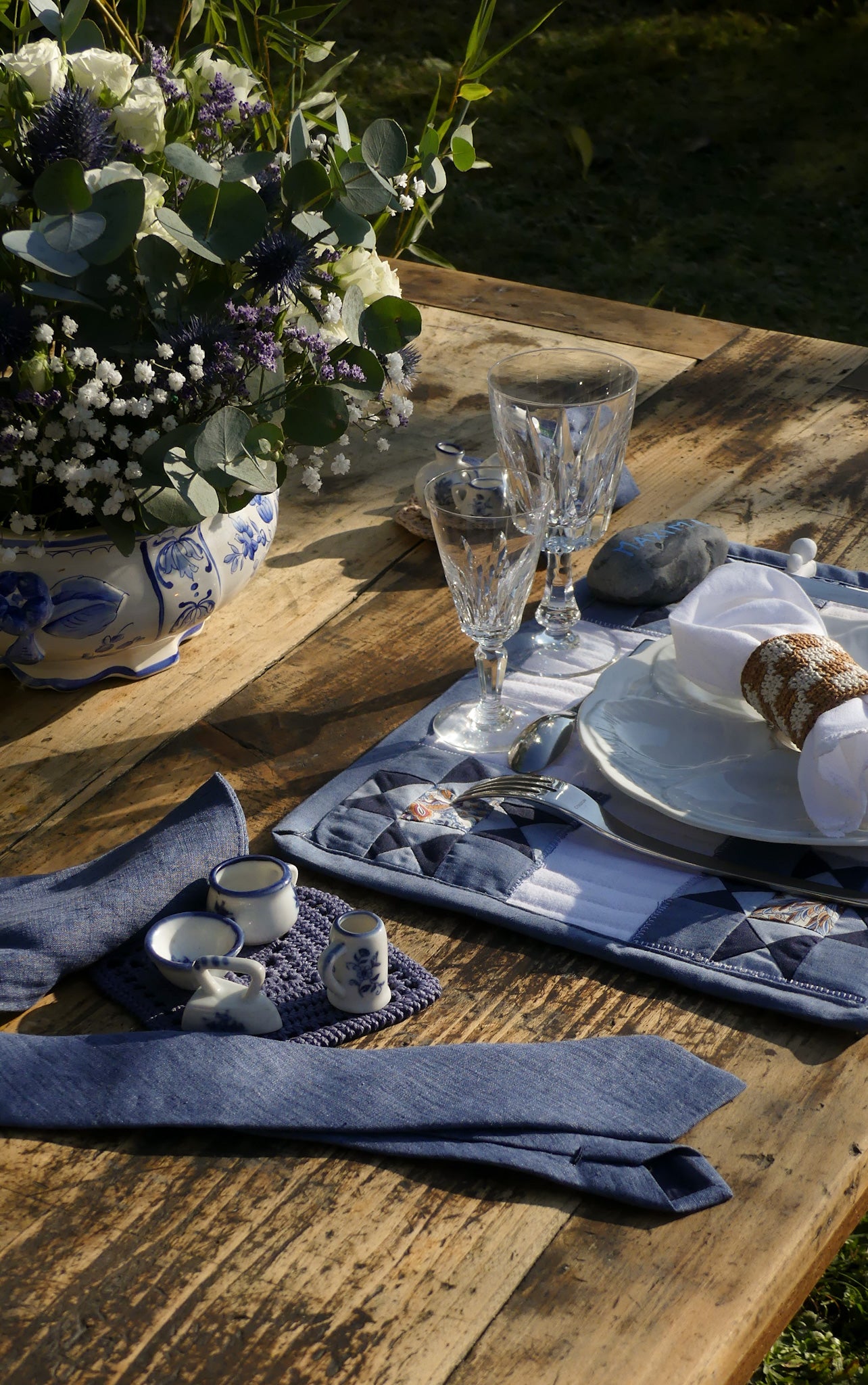

Leave a comment
This site is protected by hCaptcha and the hCaptcha Privacy Policy and Terms of Service apply.